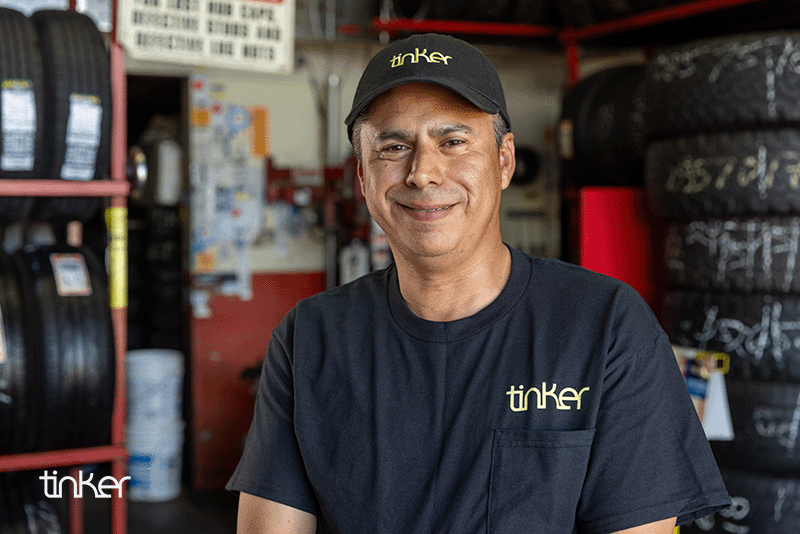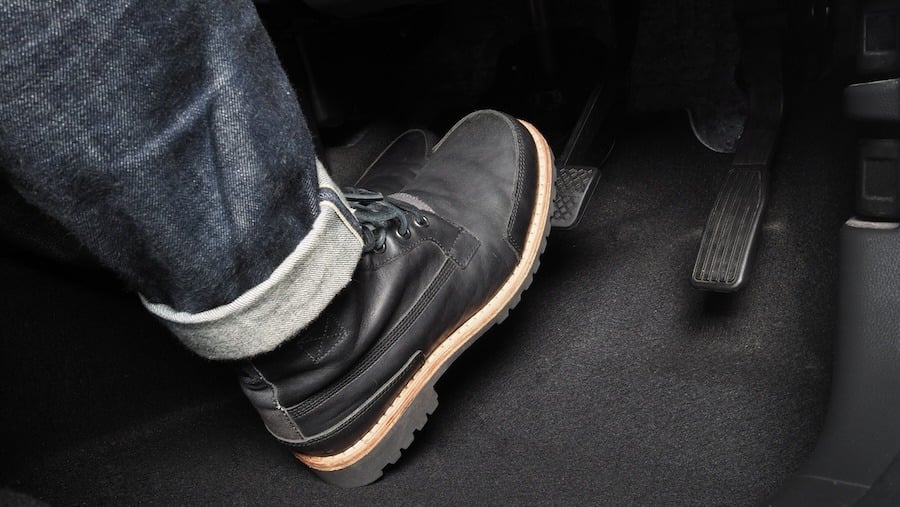Honda Prelude is Back: The 5 most popular Prelude models for DIYers
Honda just sent a shock wave through the automotive community. It unveiled an electrified coupe concept bearing the iconic Prelude badge at the Japan Mobility Show in Tokyo and then promptly shipped it to California, making its North American debut at the Los Angeles Auto Show. The Honda Prelude Concept, a sleek hybrid-electric two-door coupe, has the automotive media and enthusiasts flipping out.
Honda calls the Prelude a “specialty sports model”, and says it’s now under development for future production, fueling speculation that the beloved nameplate will soon return to Honda’s lineup after more than two decades.
(source: honda.com)
A favorite of tuners, the Honda Prelude has a rich history with enthusiasts who love to wrench. Over its 23-year production run, the four-cylinder powered Prelude progressed from carburetors to fuel injection over its five-generations. It matured from being a sporty two-door into a well-respected and engaging sport compact with Honda’s legendary H22 engine that was easy to modify. And the later versions had become one of the best-handling and quickest front-drive cars on the planet.
Here are the five Honda Preludes that offer DIYers the most value and performance.
First Generation Prelude (1979-1982)
DIYers love it because: It’s the original! And it offers cheap, unique vintage transportation.
With a round edged but boxy two-door body the original Prelude debuted into a market where Honda was still building its reputation. Under the hood was Honda’s EK series engine that varied in output by model year. None made more than 75 horsepower and the earliest cars still were fitted with a carburetor.
The engine drove the front wheels through a five-speed manual transmission, which is the preferred transmission over the available automatic. Struts suspended the front and rear axles.
They're not a performance tuner's dream, but these early Preludes are very affordable and easy to work on. Plus, we’re hot for their simple retro styling, which is sure to turn heads at the local Cars and Coffee event. Honda sold tens of thousands of these cars and parts are still abundant and inexpensive.

(source: artstation.com)
Second Generation Prelude (1983-1987)
DIYers love it because: Parts cost next to nothing. Anvil-like reliability.
The second-gen Honda Prelude made massive strides in technology and styling. Under its low hood were four-cylinder engines ranging in output from 100 to 110 horsepower, which was respectable in a car that weighed less than 2,100 pounds. A four-speed automatic or five-speed manual were available. The coupe used double wishbones up front and struts out back.
That sophisticated double wishbone front suspension became a staple of Honda performance in the era and beyond. Eventually used in other models, including the Civic Si, it would help fuel the brand’s popularity in the tuner era of the late 1990s and early 2000s.
Honda sold more of these than any other generation of Prelude and parts are dirt cheap and abundant. How cheap? Four pistons and rings can cost less than $20.
Third Generation Prelude (1988-1991)
DIYers love it because: Every variant gets a tuneable B-Series engine.
In 1988 Honda began pouring innovation into the Prelude, making it one of the most enjoyable and capable small cars sold. That year the third-generation debuted with four-wheel double wishbone suspension and a four-wheel steering system. The suspension gave the Prelude ample wheel travel, excellent geometry and superb drivability. The four-wheel steering added both low-speed maneuverability and high-speed stability to an already capable platform.
Under the hood were a choice of the now legendary B series engines in a range of outputs. They were linked to either a four-speed automatic or five-speed manual transmission. This is when Honda really started making slick shifting manuals, a tradition that continues today. Depending on trim the engines produced up to 140 hp in the Si at the end of the production run. The B series is among the most well received Honda engines in the aftermarket, with virtually no limit on parts availability, power adders or engine controls.
 (source: dustrunnersauto.com)
(source: dustrunnersauto.com)
Fourth Generation Prelude (1992-1996)
DIYers love it because: 1992 Si and 1993-1996 VTEC trims have real performance potential.
When it debuted in 1992, the Prelude Si was fitted with a 160-horsepower H23A1 four cylinder that was praised for its smoothness and refinement. And it was a great engine, no doubt. But Honda didn't let it linger for long. The following year the 2.3-liter H23 was replaced with a destroked variant that added Honda's famed VTEC variable-valve timing system in the (appropriately named) VTEC trim. The new 2.2-liter H22 added 30 horsepower, for 187 total, and allowed the Prelude to compete with rivals using V6 or turbo power. Buyers had the choice of a four-speed automatic or five-speed manual transmission.
One of the best reasons to pick a fourth-generation Prelude, however, is its engine swapability. Engine mounts that allow fitting a newer Honda K-series mill under its hood are available. The K-series' popularity in the aftermarket knows no end. From high-strung builds that sing beyond 9,000 rpm to 800-horsepower turbo variants, dropping a K-series into your Prelude opens many options for power.
And the fundamentals are still there with the fourth-gen cars, which retain double wishbones at all four corners. Si trims also used an updated version of the four-wheel steering system. The downside of Prelude’s fourth-gen is its funky digital dash. If it works it’s retro cool, if it doesn’t, good luck.
Fifth Generation Prelude (1997-2001)
DIYers love it because: Both trims make 200 horsepower.
The fifth-generation Honda Prelude came in only two versions and both are very good, but for different reasons. Double wishbones were still at all four corners and both trims came with the H22A4 four cylinder, which produced 200 horsepower when paired with the five-speed manual transmission. A shiftable four-speed automatic was optional only on the base car. Choose the automatic, however, and you sacrificed five horsepower.
The SH (Super Handling) trim came with a technology that was ahead of its time. The Active Torque Transfer System (ATTS) was capable of routing more torque to the outside wheel in a turn, making the car rotate and theoretically helping it better follow the driver's intended path.
But ATTS adds weight and complexity to an otherwise light, simple powertrain. And 20 years on, finding parts may be hard. So, depending on how much you like swapping transmissions, the base car may be the better choice. You'll give up the SH trim's stiffer springs, dampers and stabilizer bars, however. But replacing those would be a great opportunity to get out in the garage and tinker.
(source: hongliyangzhi.com)


